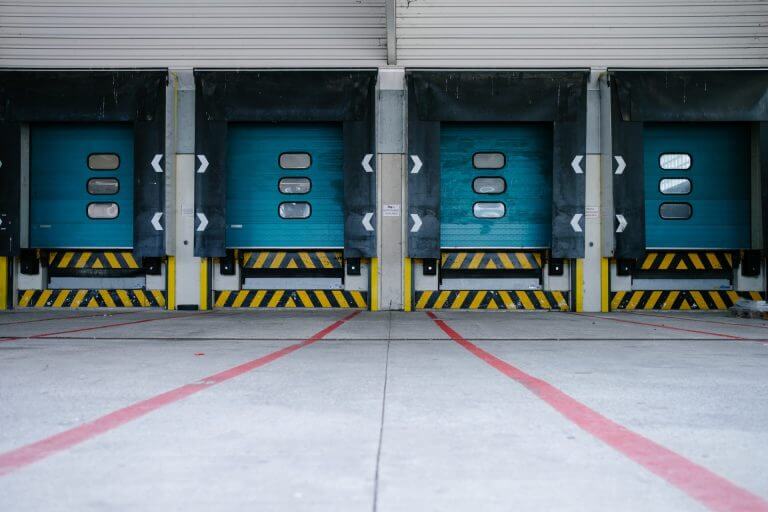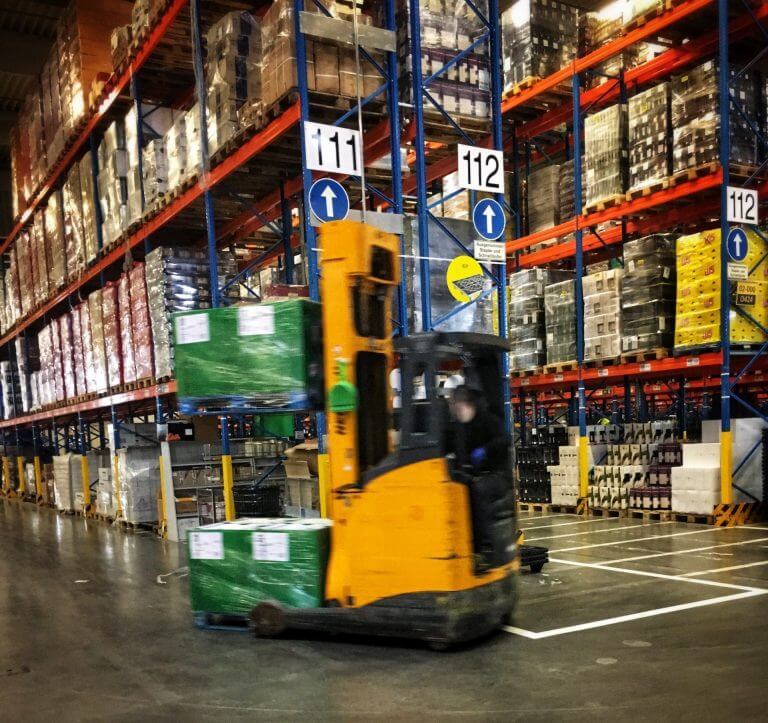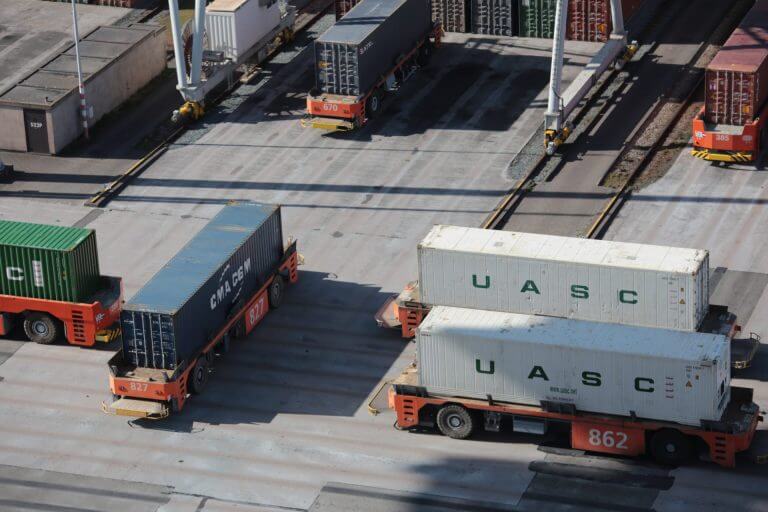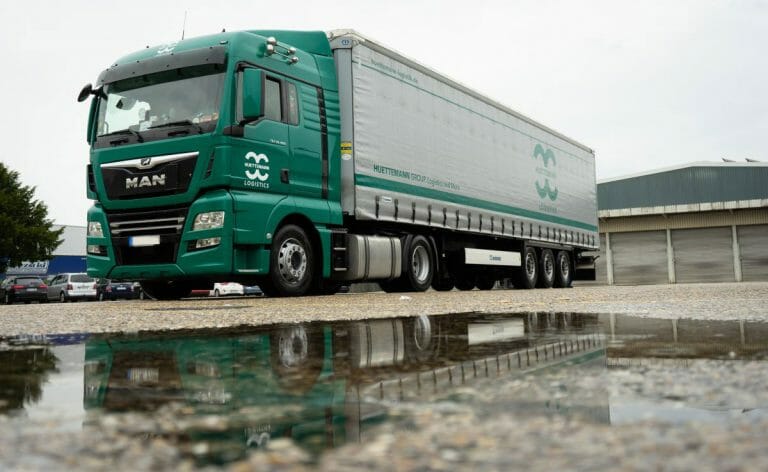Logistics without a warehouse: When is cross-docking used?
In many cases, warehouse logistics is one of the most important stations in the supply chain. It is therefore important to make an informed decision about whether cross docking can increase productivity, costs and customer satisfaction in the company at all. But for some goods, picking, handling and distribution can be realised more efficiently through the cross-docking process. For example, non-preserved or temperature-controlled items such as foodstuffs that need to be transported as quickly as possible are suitable for cross docking. In the same way, already packaged and sorted products that are ready for transport to a specific customer can be transported faster and more efficiently by cross docking. Overall, cross docking is particularly suitable for companies with many incoming and outgoing goods and plannable quantities. This is the case in retail, for example.





